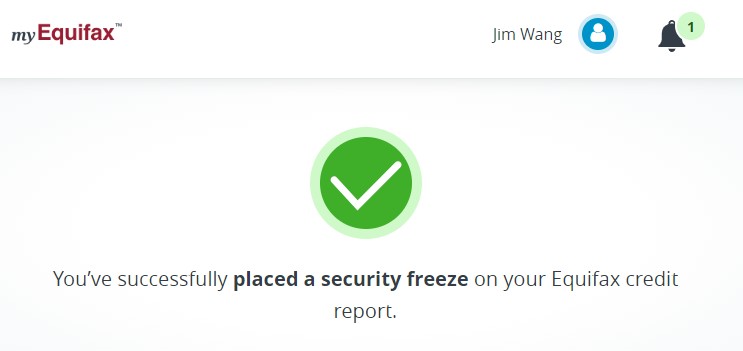How questions promote dialogue and stronger involvement and creativity between educators within a school The post Asking and Answering Questions appeared first on BlogGaud.
There is an assumption that principals have all the answers (I certainly give off all-knowing vibes). Even though the burden of final decisions rests on my shoulders, I arrive at the decisions with greater confidence because of questions asked by teachers. Questions generate discourse. Discourse brings more educators to the table. More educators means more perspectives. And, more perspectives results in a greater chance of making the right decision.
No one has any questions for Paul (John Heard) following his Transformers knockoff proposal. No one, that is, until Josh (Tom Hanks) raises his hand. In this scene from Big, Josh does not understand why kids would want to have buildings transform into robots because, “What’s fun about playing with a building?”
“I don’t get it.” Four simple words that disrupt the entire meeting. Josh is not trying to be difficult, he is trying to understand. What makes Josh a great toy company employee is that he understands the demographic, because he is the demographic.
Paul tries to use reports and data to make his point. He is too far removed from the job (creating toys that kids want to play with) to understand Josh’s concern. Maybe there was a time when Paul was in-tune with what kids wanted to play with, but that time has past.
The scene starts with a very sterile pitch. No one is inspired. No one has questions. No one is involved. By making one simple statement, Josh transforms (pun intended) a boring meeting into a lively conversation where everyone is contributing.
Principals oversee the direction of schools, from vision statements to bell schedules to grading policies. Decisions that impact school stakeholders are either made by the principal or under their direction.
Problems arise when principals become so far removed from teaching that they overlook the nuances of the classroom. So how do principals stay connected? They welcome questions and use those questions to drive conversations.
Principals are equipped to be the ultimate change agents in a school. If they combine their experience and access to resources with the wealth of knowledge that comes from teachers in the building, there is no limit to a school’s potential. The staff’s knowledge base is tapped through the encouragement of questions. Principals should never shy away from considering alternatives or explaining the reasoning for decisions. Not only does it foster more ideas, it supports an inclusive climate that teachers love working in.
Generating Ideas & Clarification
The best ideas come from teachers because they work in the ultimate proving grounds…the classroom. Teachers know what works and what does not work. You will frequently here a teacher say, “Well that crashed and burned.” Teachers change instruction from class period to class period. They use student response to improve instruction.
When teachers ask questions they open the door for other teachers to share ideas. Teachers use anecdotal evidence from the classroom to feed off each other and create new ideas. The great thing about these forums is that they provides rare opportunities for teachers to hear what colleagues are doing in the classroom. Instead of 1+1=2, it becomes 1+1=3.
Lastly, no one likes to be given directives with no explanation. When teachers ask clarifying questions, they allow principals to provide reasons behind a decision. Teachers who understand an initiative are far more likely to support it. A two minute explanation in front of the faculty will increase buy-in exponentially.
Principals should not see questions as a threat. They should see them as a means to generate greater staff involvement and creativity. Teachers, do not be afraid to ask questions, because questions help everyone understand the direction of a school and open the doors to the brilliance that comes from the classroom.
The post Asking and Answering Questions appeared first on BlogGaud.









